All About Apple Mint
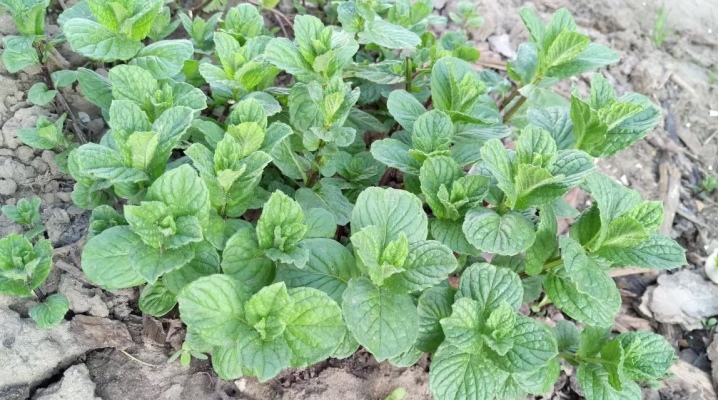
Apple mint belongs to the category of herbaceous perennials. This is not the only name for the plant, there are many other synonyms: Egyptian, pastry, round-leaved or wild balsam. It is added to confectionery, tea, alcoholic and non-alcoholic drinks. The culture can be grown on your own garden plot. Applemint is not particularly demanding to care for, but if done incorrectly, the plant can get sick.
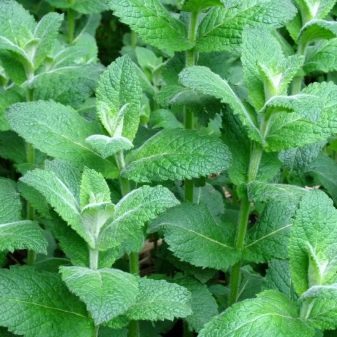
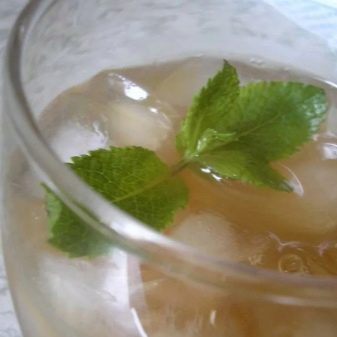
Description
Apple mint is considered to be a hybrid of long-leaved and scented mint. In Latin, the name is spelled and pronounced Mentha rotundifolia. Consider the main characteristics of the plant:
- the height of the stems varies from 30 to 40 cm, which refers the culture to the category of low-growing plants;
- stems are erect, have an abundant deciduous part;
- leaves are large enough, have a pleasant mint-apple flavor and aroma, have a rough surface;
- the flowering period is observed in May;
- inflorescences are small;
- small fruits contain seeds, in appearance they look like nuts;
- the leaves have a slightly bitter taste, and if you knead them in your hands, you will feel an apple-mint aroma from your fingers.
In the wild, apple mint is found in Africa (mainly in Egypt), Asia Minor, and some European countries. In Russia, it is successfully cultivated on personal plots. Some grow mint in pots as a houseplant.
It is great for decorating flower beds, as well as growing separately.
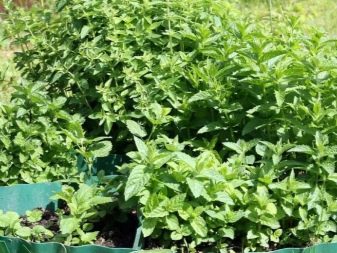
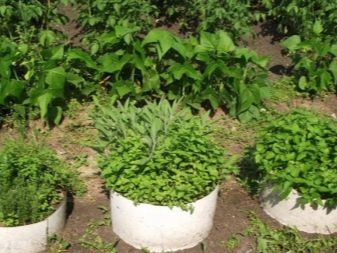
Landing
In order to cultivate apple mint, you need to have some knowledge in this area. So, the stage of seed preparation is especially important. You can buy a ready-made grow kit or take seeds from a previous harvest. The collection of seeds is carried out at the end of summer, and they must be stored in a bag made of natural fabric in a dark and cool place (best in the refrigerator). Staying at a low temperature starts the stratification process, improves seed germination. Before sowing, it is recommended to soak the seeds in a weak solution of potassium permanganate for several hours. After that, it is recommended to dry them on a paper towel or toilet paper.
The next step is choosing a location. Here mint is not particularly selective, so it can grow both in shaded and sunny areas of land. You can select a separate flower bed for it, place it next to other ornamental crops, grow under trees and tall shrubs.
The most important factors when choosing a location are the following:
- fertile soil;
- area with fertilizers applied: 80 g of potash salt and 400 g of wood ash are placed for each square meter;
- no weeds.
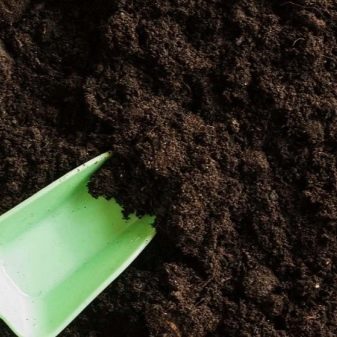
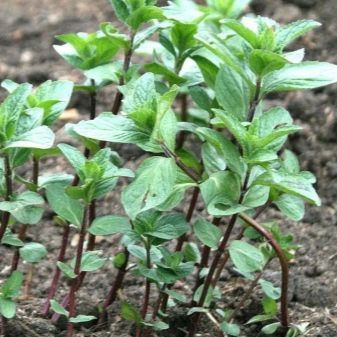
You can plant apple mint directly in the open ground or through seedlings. Experts recommend adhering to the first option, since the seedlings take root rather sluggishly in a new place after transplantation. Sowing is best in May, when the weather is good and warm. Of course, a lot depends on the region, but in any case, the soil should be warmed up to +10 degrees Celsius.
The planting process is simple, it consists of several stages.
- Preparation of the selected area: cleaning, digging.
- The next step is to make grooves no more than 3 cm deep.The distance between them should be about 20 cm.
- Seeds in a 1: 1 ratio are mixed with dry river sand. The mixture is poured into the grooves.
- From above everything should be sprinkled with earth a little and watered well with warm water.
If it gets colder outside, then you can cover the crops with foil. You also need to water and loosen a little until the first shoots appear.
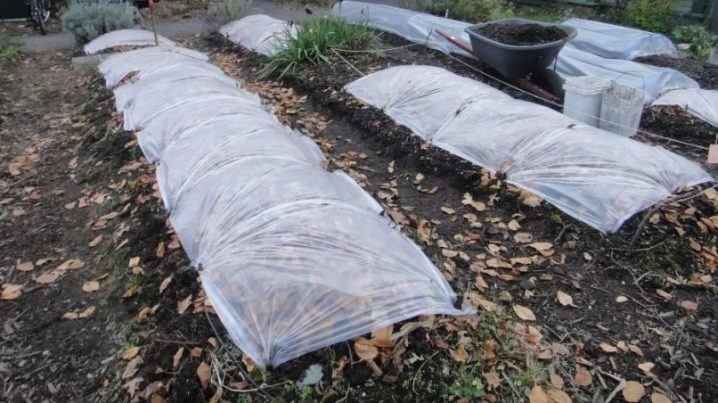
Care
In order for apple mint to feel good, it will need comprehensive care. The first thing to do is to water regularly. It should be moderate, better orientated to the degree of soil moisture. Loosening and mulching of the soil will be useful. It is better to do this 3 days after watering, so that the moisture does not evaporate too quickly.
Fertilizers should be applied immediately after watering. At home, this can be done with nitrogen-containing preparations. The most common fertilizer options are slurry and urea. You can feed it three times a year. The first feeding is carried out in early spring, then in June, and the final one at the end of summer.
In spring, it is recommended to trim mint, and you also need to get rid of sick and dried shoots in a timely manner.
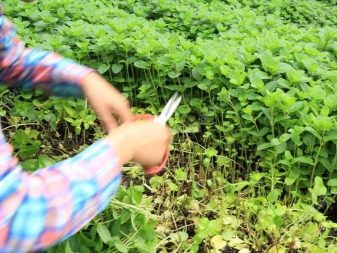
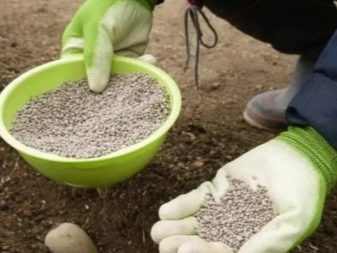
Diseases and pests
Apple mint is susceptible to fungal diseases. The most common ailment is rust. The first symptom will be the appearance of red spots on the leaves. Initially, these pads appear on the inside of the leaves. If you touch them with your fingers, then a powdery mixture of red color will appear - these are the fungal spores themselves.
The second most popular fungal disease is powdery mildew. The main symptom also appears on the leaves. In this case, everything looks like a white powdery coating that looks like flour. In either case, the affected mint leaves should not be eaten.
The most effective are fungicides. They help to quickly stop further progression of the disease. As a prophylaxis for fungal attacks, it is recommended to spray. Horsetail, manganese, baking soda and laundry soap are good at preventing disease.
Apple mint is often attacked by pests. Most often, the plant is attacked by the mint leaf beetle. It appears mainly in August, begins to actively eat leaves. Insecticides are recommended as an antidote.
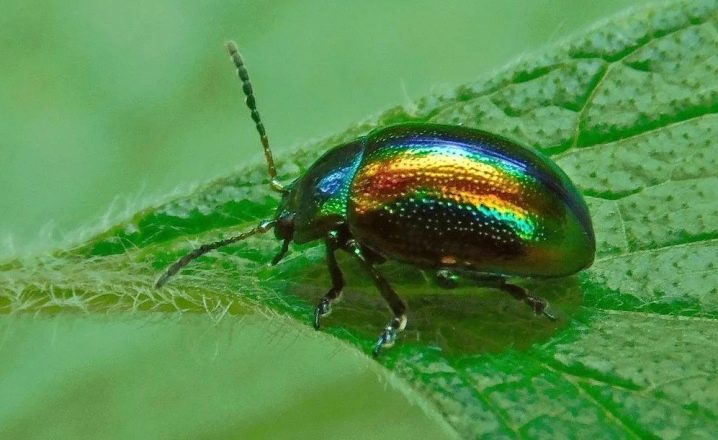
In addition, the plant is attacked by aphids. She swoops in in flocks, is placed on the trunks and leaves of shoots. It feeds on plant sap. In order to drive away aphids at least for a while, it is recommended to spray the plant with a solution of laundry soap. It is not difficult to prepare it: in a 10-liter bucket of water, you need to add 300 g of laundry soap, previously grated on a coarse grater. You can fight aphids naturally. For example, catching ladybirds and planting them on mint. They feed on aphids, so the pests will soon disappear.
One of the most vicious and hard-to-remove pests is the spider mite. It feeds on the sap in the leaves. The latter begin to quickly turn yellow and gradually fall off ahead of schedule. You can protect the plant with acaricides. Since the preparations contain chemical elements, it is strictly forbidden to use the processed leaves in food. Safer solutions include garlic tincture.
Another pest, the whitefly, loves to feed on the juice of mint leaves. You can also fight it with the help of insecticides: these are drugs such as Iskra, Akarin, Confidor.
If properly cared for, mint will grow without problems. The best time to collect for storage is during active flowering. The harvested leaves can be dried or frozen for the winter.
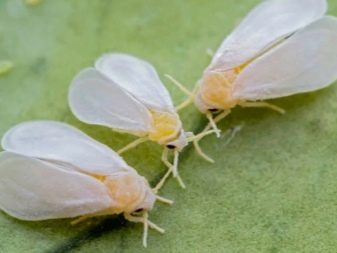
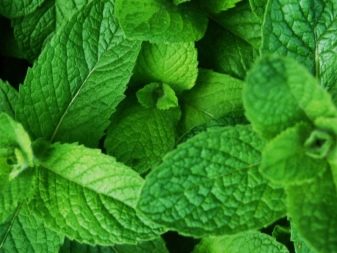













The comment was sent successfully.